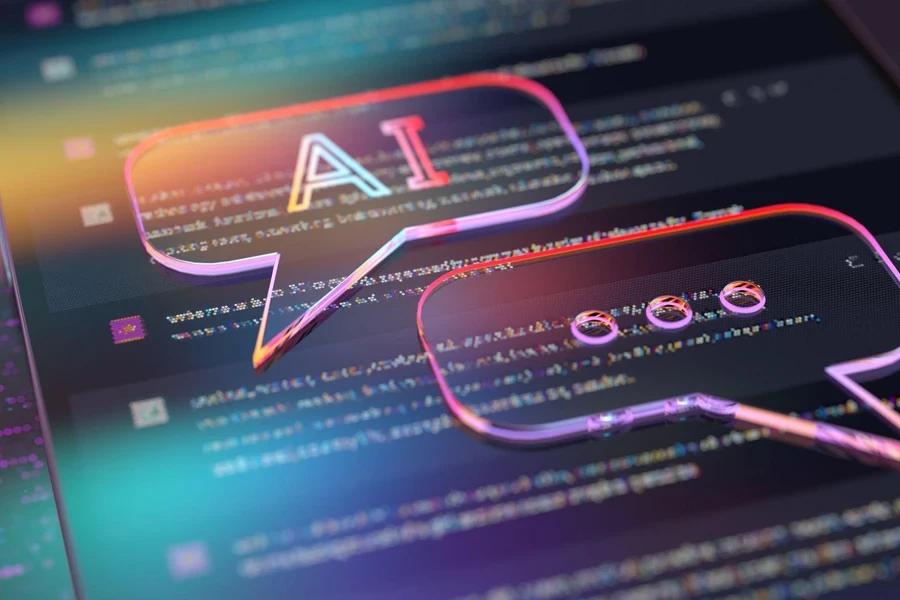In today’s rapidly evolving business landscape, artificial intelligence (AI) holds unparalleled potential for transforming operations and enhancing ROI. However, many companies struggle to harness AI effectively, often falling into common pitfalls that limit its benefits. This article explores how businesses can maximize their AI investments by recognizing AI’s full potential, customizing AI solutions to fit unique business needs, and moving beyond off-the-shelf products to achieve systemic transformation. By shifting perspectives and viewing AI as an integral team member, companies can unlock unprecedented value and drive innovation.
Table of Contents
1. Recognizing AI’s Full Potential
2. Customizing AI for Unique Business Needs
3. Beyond Off-the-Shelf Solutions: Tailoring AI to Transform Operations
4. Conclusion
1. Recognizing AI’s Full Potential
The Human-Like Capacity of AI
Artificial intelligence is often viewed merely as a tool or software, but its capabilities extend far beyond that. AI can create, reason, and interact in ways that mimic human behavior. Much like a junior employee who improves with experience, AI learns from its interactions and refines its methods over time. This adaptive ability allows AI to enhance its output and take on more complex tasks, making it a dynamic addition to any workforce.

Learning and Adapting: AI as a Dynamic Workforce
Leaders who perceive AI as “smart people” rather than just software are better positioned to leverage its full potential. Imagine an organisation chart where AI is integrated into various roles based on skills and tasks. This approach helps visualize how AI can augment or automate specific functions, leading to increased productivity and efficiency. AI already outperforms humans in areas such as image classification, visual reasoning, and language understanding, making it a valuable asset in numerous fields.
Case Studies of AI Outperforming Humans
Several studies highlight AI’s superiority in specific tasks. Stanford University’s AI Index report shows that AI has surpassed human-level performance in multiple benchmark tasks, contributing to higher productivity and better-quality work. Similarly, research from the University of Arkansas indicates that AI outperforms humans in standardized tests of creative potential. Unlike humans, AI can scale effortlessly with business demands, handling increasing workloads without physical or mental limitations. By rethinking team structures and workflows, businesses can train their teams to work alongside AI, fostering innovation and enhanced performance.
2. Customizing AI for Unique Business Needs
The Pitfall of Imitating Other Companies
Many businesses fall into the trap of mimicking other companies’ AI use cases, assuming what works for one will work for all. However, this approach overlooks the unique dynamics and needs of each organization. AI implementation should be viewed as onboarding new team members who must integrate seamlessly with the existing company culture and workflows. This individualized approach ensures that AI solutions are tailored to the specific requirements of the business, maximizing their effectiveness.
AI Implementation: A Tailored Approach
Customizing AI starts with a deep understanding of the organization’s structure, culture, and operational needs. This process involves identifying key areas where AI can have the most significant impact, whether it’s enhancing customer service, streamlining internal processes, or driving sales. By focusing on these unique aspects, companies can develop AI strategies that align closely with their goals and objectives, rather than relying on generic solutions that may not fully address their challenges.

Examples of Successful Custom AI Integrations
Successful AI integrations often come from companies that prioritize customization over standardization. For instance, a mid-sized company might use AI to automate specific HR functions, while another might deploy AI to optimize supply chain management. These tailored solutions reflect the unique needs and priorities of each business. By leveraging AI’s adaptability, companies can create bespoke applications that drive efficiency and innovation, setting themselves apart from competitors who rely on off-the-shelf solutions.
3. Beyond Off-the-Shelf Solutions: Tailoring AI to Transform Operations
Limitations of Generic AI Products
While off-the-shelf AI products like ChatGPT, Dalle, and various translation tools can address specific problems, they often fall short of delivering transformative value. These products are designed for general use and may not align with the intricate and unique requirements of individual businesses. Relying solely on these solutions can prevent companies from fully realizing AI’s potential.

Conducting a Comprehensive Process Assessment
To harness AI’s transformative power, leaders must conduct a thorough assessment of their company’s processes. This involves identifying areas with redundancies, recognizing outsourced tasks that could be automated, and pinpointing where the company invests heavily in human capital. By understanding these dynamics, businesses can tailor AI solutions to address specific pain points, leading to more efficient and innovative operations.

Strategic AI Integration for Systemic Transformation
The true power of AI lies in its ability to fundamentally transform business operations. By thinking beyond boxed solutions, leaders can reimagine their workflows and integrate AI in ways that drive systemic change. This might involve redesigning team structures, retraining employees to work alongside AI, and continuously iterating on AI implementations to refine and enhance their impact. Companies that take this approach are more likely to achieve significant ROI and stay ahead of the competition.
Conclusion
The future of business operations lies in the effective integration of AI. By avoiding common pitfalls such as underestimating AI’s potential, mimicking other companies, and relying solely on off-the-shelf products, businesses can unlock AI’s full capabilities. Viewing AI as a dynamic and adaptable team member enables companies to tailor solutions to their unique needs, driving innovation and maximizing ROI. As AI continues to evolve, businesses that embrace these strategies will be well-positioned to lead in their respective industries.



